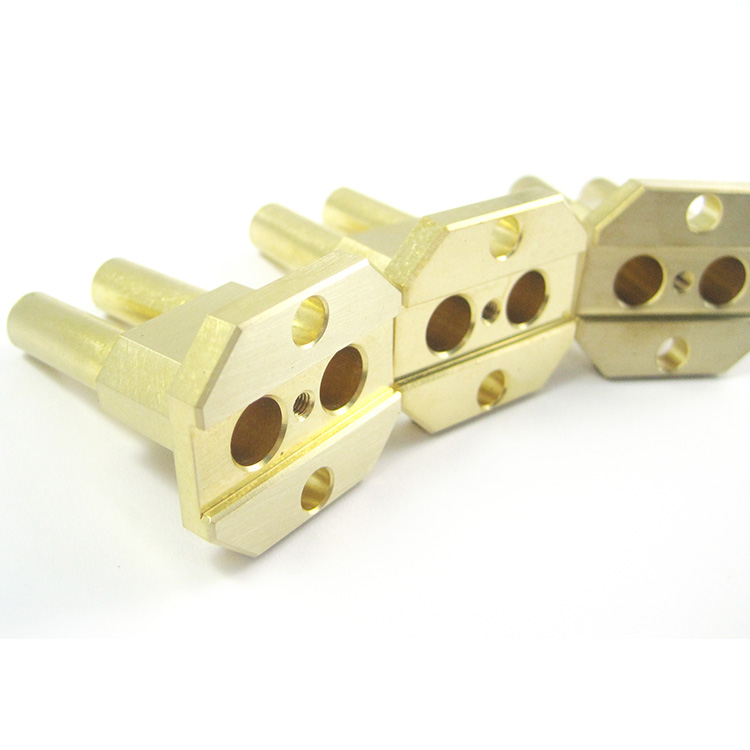Key steps involved in CNC machining brass fittings
2024-03-04
CNC (Computer Numerical Control) machining of brass fittings involves the use of precision machines controlled by a computer program to manufacture brass components with high accuracy. Brass, a metal alloy composed of copper and zinc, is commonly used for fittings due to its corrosion resistance, durability, and machinability. Here are the key steps involved in CNC machining brass fittings:
1. Design and Programming:
- The first step is to create a detailed design of the brass fitting using computer-aided design (CAD) software. Once the design is complete, a CNC programmer generates a program that includes the specific toolpaths and machining instructions for the CNC machine.
2. Material Selection:
- Brass is chosen as the material for the fittings. The specific type of brass alloy may vary depending on the application and requirements of the fittings.
3. Fixturing:
- The brass material is securely mounted onto the CNC machine using fixtures. Proper fixturing is essential to ensure stability during machining and to achieve accurate results.
4. Tool Selection:
- Various cutting tools, such as end mills, drills, and taps, are selected based on the design requirements. The hardness and composition of brass require specific tool materials and cutting speeds for optimal results.
5. Machining Operations:
- The CNC machine follows the programmed toolpaths to perform machining operations. Common operations for brass fittings may include milling, turning, drilling, threading, and grooving. These operations shape the brass material into the desired form.
6. Coolant Application:
- To control the heat generated during machining, a coolant or lubricant may be applied to the cutting tools and workpiece. This helps in extending tool life, maintaining dimensional accuracy, and improving surface finish.
7. Quality Control:
- Throughout the machining process, quality control measures are implemented. This may involve using precision measuring instruments to check dimensions, tolerances, and surface finishes to ensure they meet the specified requirements.
8. Deburring:
- After machining, brass fittings may have sharp edges or burrs. These are removed through a deburring process to ensure a smooth and safe final product.
9. Surface Finishing (Optional):
- Depending on the application and aesthetic requirements, the brass fittings may undergo additional surface finishing processes such as polishing, plating, or coating to enhance their appearance and corrosion resistance.
10. Final Inspection:
- The finished brass fittings undergo a final inspection to verify that they meet all quality standards and specifications. This may include visual inspection, dimensional checks, and functional testing.
CNC machining offers high precision and repeatability, making it suitable for the production of complex and intricate brass fittings. It is essential to work with skilled machinists and adhere to proper machining practices to achieve the desired results efficiently and accurately. Additionally, the use of CNC machining provides flexibility for producing fittings in varying sizes and quantities.



